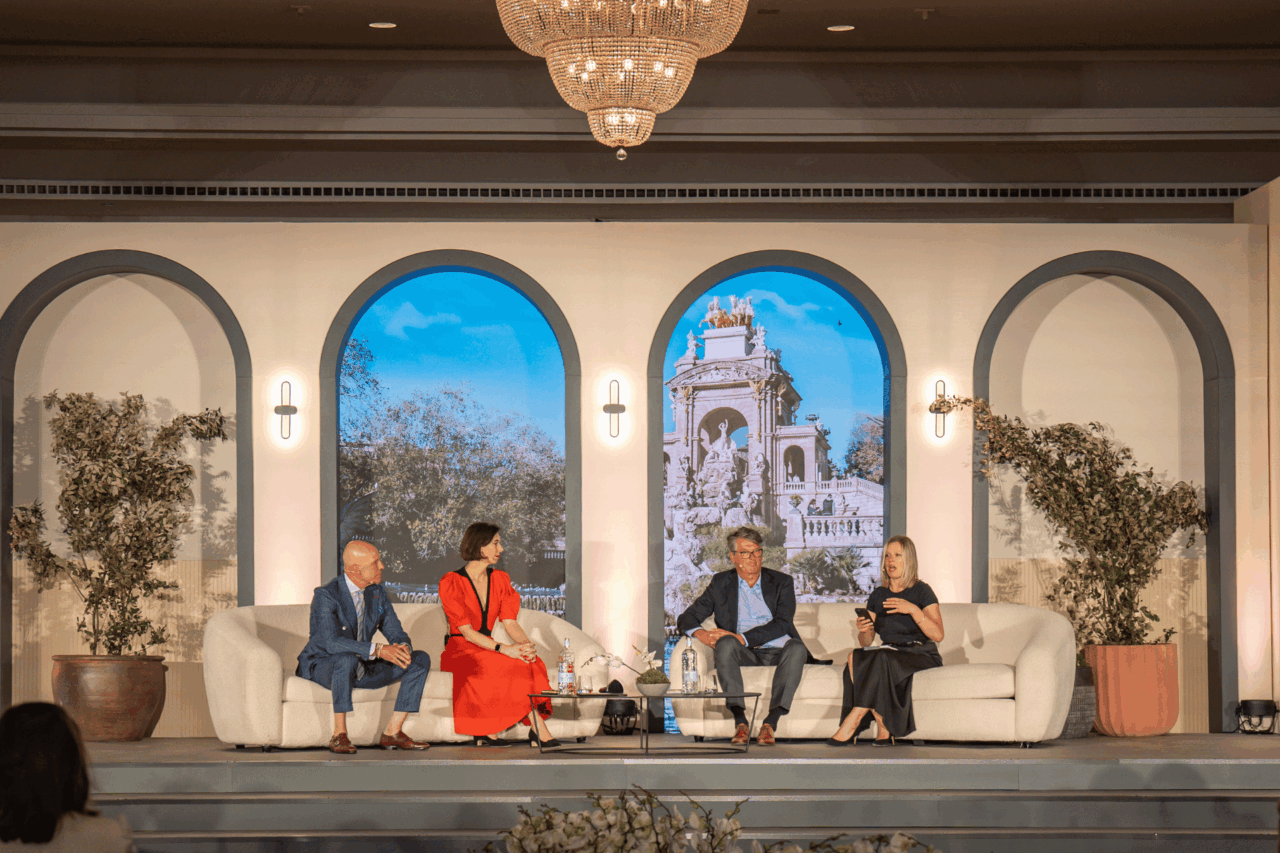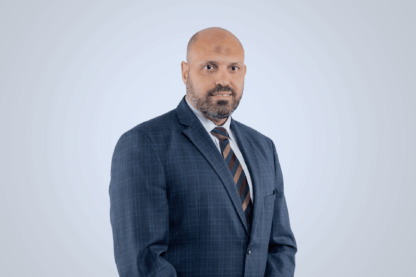Amid economic headwinds and shifting consumer dynamics, the World Luxury Chamber of Commerce joined global leaders and industry icons in Barcelona for the Financial Times Business of Luxury Summit, three days of candid dialogue, strategic foresight, and high-level networking.
Organized by the Financial Times and co-chaired by its senior journalists and correspondents, the summit brought together more than 400 C-suite executives, creative directors, strategists, and financiers for a three-day program of discussions, fireside chats, and high-level networking.
Among the central questions: What is the real impact of global inflation on luxury consumption? Can tariffs and regulatory shifts derail growth? And how should high-end brands recalibrate for a generation that increasingly values sustainability, experience, and transparency over exclusivity alone?
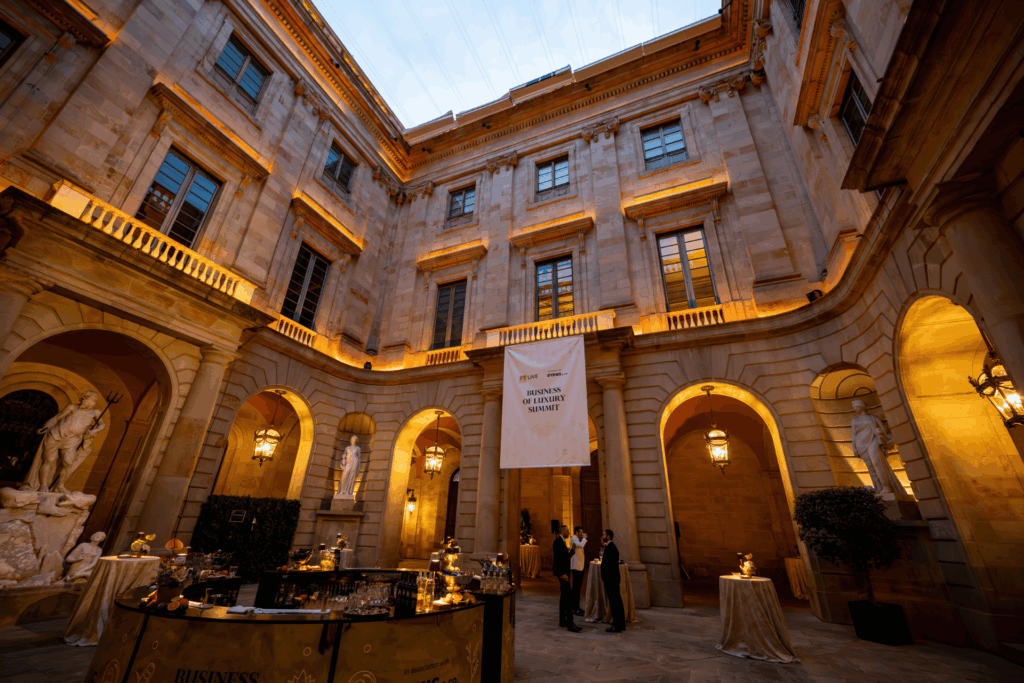
Leading Voices. Real Conversations.
The agenda covered every pressing topic on the minds of luxury leaders today — from shifting consumer habits and the rise of pre-owned goods, to the role of AI in fashion, and the need to build truly ethical supply chains. Key sessions included:
The global economy: What’s needed to boost the luxury sector?
This discussion emphasized how geopolitical instability and trade policies are affecting the luxury landscape. Panelists noted that tariffs—especially those driven by U.S. policy—are increasingly unpredictable and burdensome, with costs being passed on to consumers worldwide, not just in the U.S. There was a strong consensus that we’re entering a period of instability not seen since the 1930s, and many luxury players are adopting a cautious, day-by-day approach. China remains critical, accounting for 30% of global manufacturing, while emerging markets, particularly in the Middle East, are showing resilience and even benefiting. As one panelist remarked, “When the economy does well, luxury does well”—but with global players at odds, cooperation remains elusive.
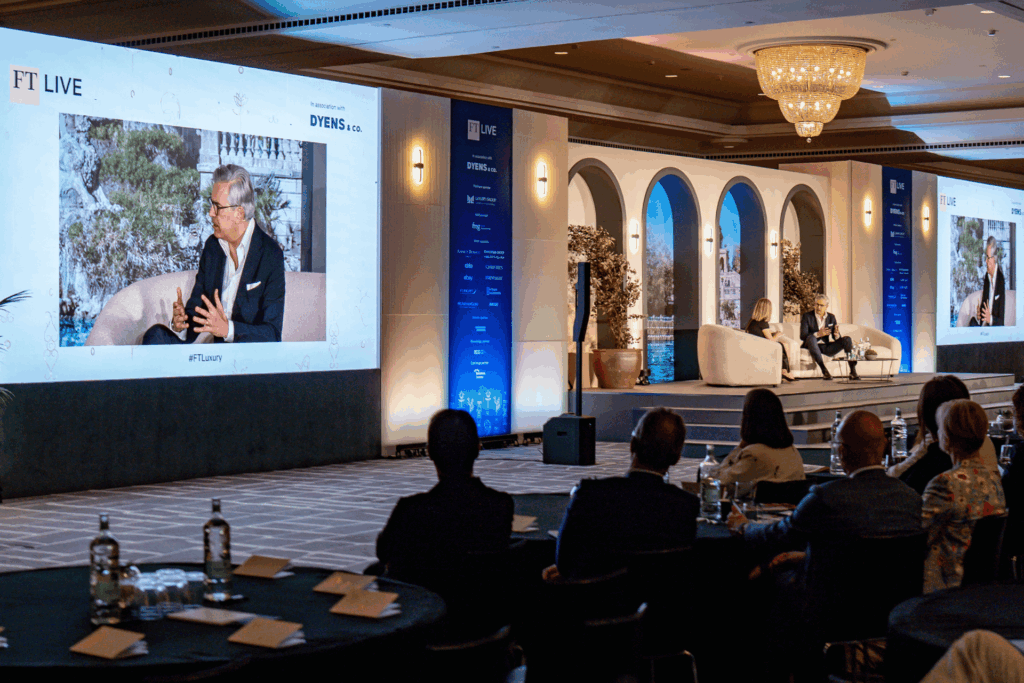
The battle for the VVIPs
A deep dive into the most elite luxury consumers revealed that the post-pandemic “frugal wealthy” are reshaping expectations. While this audience has always existed, the focus now is on experiential value—whether through private jet journeys or analog pleasures like vinyl. Brands must be transparent and empathetic, and while CRM tools are helpful, “they should not define relationships,” as Kristina Blahnik noted. Cross-brand partnerships are becoming an important acquisition strategy—“Don’t battle, collaborate.”
Keynote interview – TOTEME
Elin Kling and Karl Lindman of TOTEME discussed the essence of curated luxury, with a focus on guiding and inspiring sophisticated consumers. They emphasized the importance of clarity—knowing what you’re good at, and what you’re not.
Insights: How to Navigate the New Luxury Landscape
Core clients bring long-term stability, while aspirational buyers fuel short-term growth. Brands must read early signals—like a $1,200 shoe purchase—to identify high-value prospects. AI and human touch can work hand-in-hand to personalize engagement without resorting to promotions, keeping the luxury promise intact.
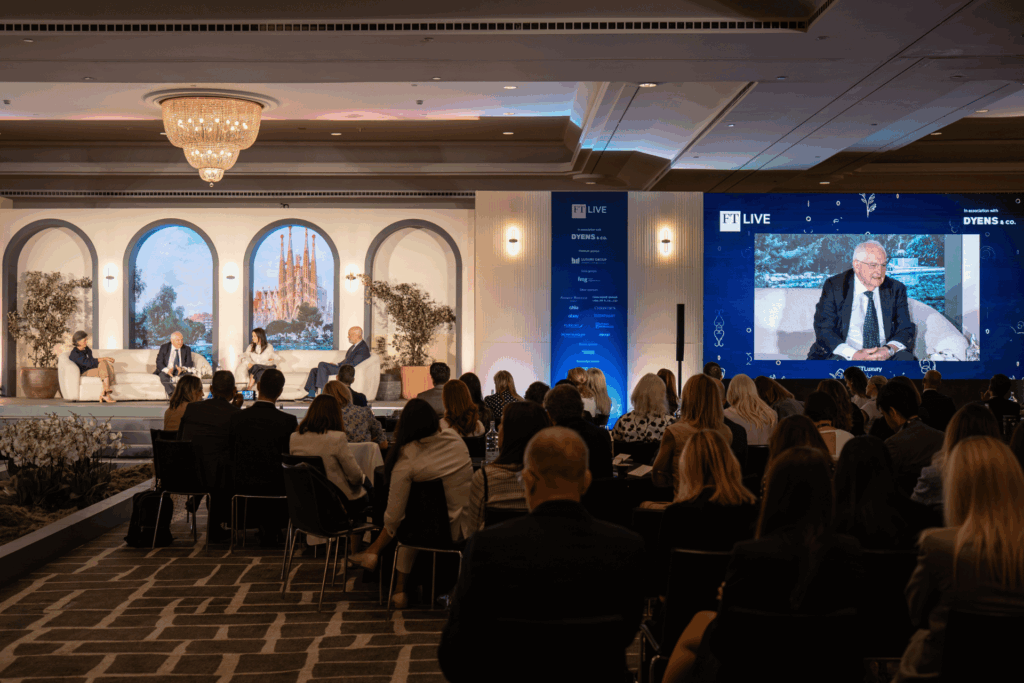
The unstoppable rise of second-hand
Pre-owned luxury is thriving thanks to affordability and a sense of sustainable value. It offers consumers access to pieces once deemed out of reach, while also satisfying a growing need for ethical purchasing.
Insights: The dealmakers’ view
Although deal flow has slowed, there is still movement, particularly where brand equity is strong. Two key acquisition profiles emerged: heritage family-run houses and disruptive new brands with innovative models. For conglomerates like LVMH or Kering, scale matters, but brand coherence is essential—“A business bigger than its brand will fail.”
The real work of sustainability
Ethical supply chains are no longer optional. Brands must show, in clear and relatable language, how they are giving back at every production stage. As Amy Powney put it, “Do the work.”
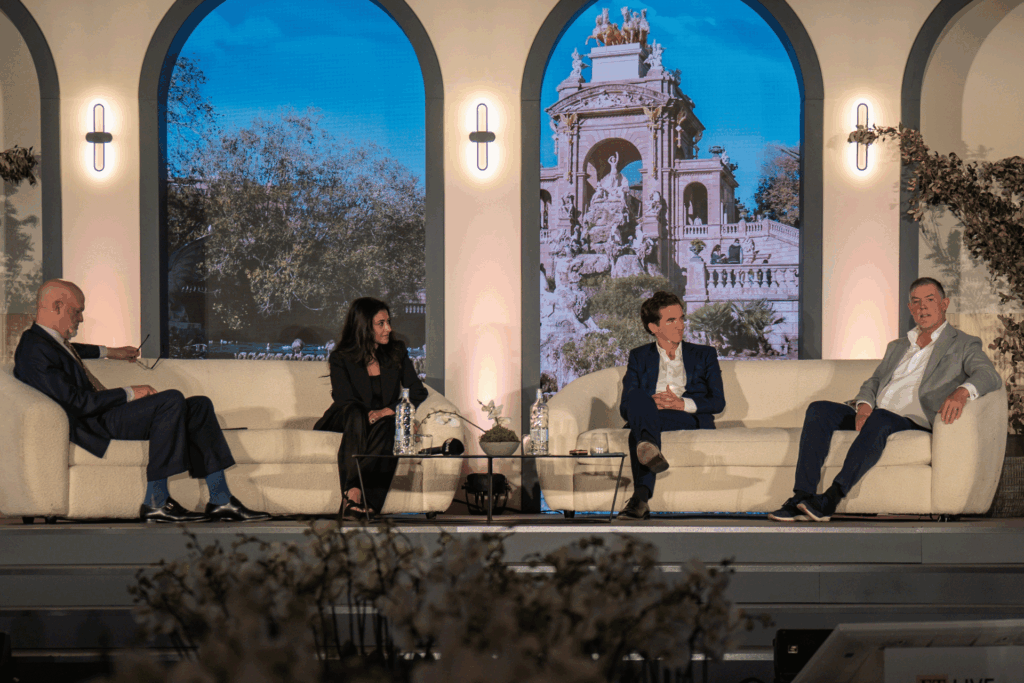
The experience economy
With a 5% growth in the sector, experience is eclipsing product in terms of consumer priority. Adventure travel, wellness, and personalization are now core. High-tech tools can enhance—not replace—human hospitality.
Where AI belongs in high-end fashion
Generative AI is creating new avenues for brand engagement and efficiency, but panelists cautioned against overreliance. “AI is a tool, not a monster,” said Anne-Laure Colcy, while others warned about the risk of creativity stagnating when machines dictate customer experiences.
Shifting consumer trends: The role of bricks and mortar
Retail is evolving, not dying. Experiential spaces, local relevance, and differentiated multi-brand curation are key to survival. Social listening emerged as a powerful tool: “Customers are telling you what they want—listen.”
Luxury’s talent crunch
Leadership volatility is linked to strategic confusion and brand identity flux. As freelance contracts become more common, long-term planning is harder. Panelists stressed the need for stronger female representation, better personal branding, and leaders who understand that creativity is a core business asset.
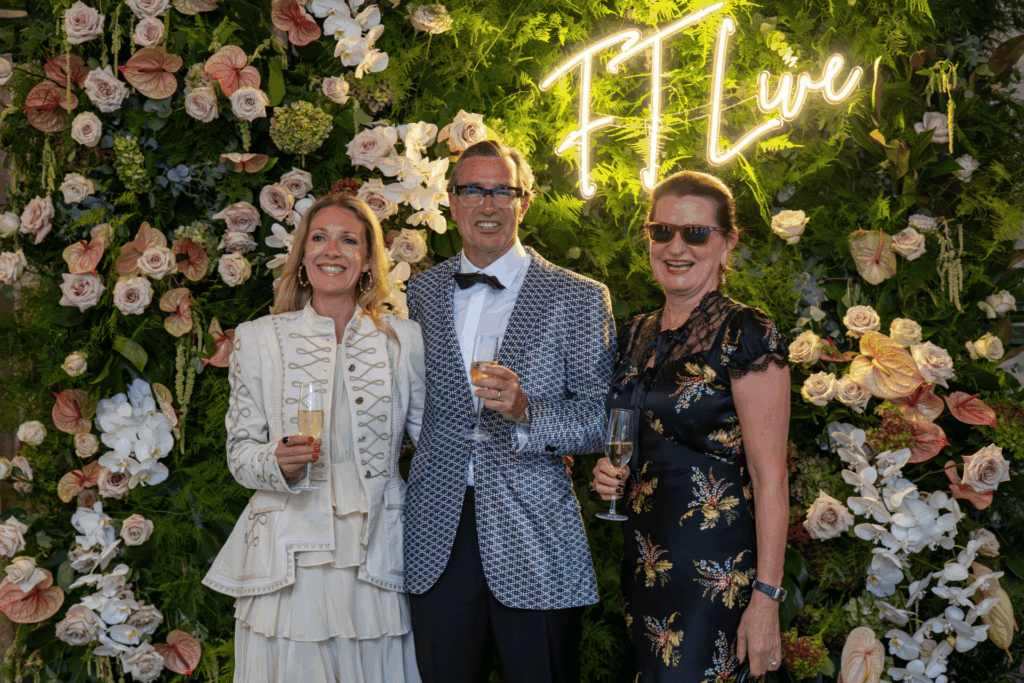
This year’s speaker lineup was nothing short of exceptional. Among them were Marc Puig (Puig), Kristina Blahnik (Manolo Blahnik), Damien Bertrand (Loro Piana), Tina Edmundson (Marriott International), and Michael Kliger (LuxExperience), alongside entrepreneurs and tastemakers shaping the future of luxury from fashion and beauty to travel, hospitality, and art.
Our favorite quote from the event? “Your client decides what becomes iconic.” – Damien Bertrand, CEO, Loro Piana.
WLCC’s Role
For WLCC, the summit was an opportunity to do what we do best — connect, listen, learn, and lead.
We met with long-standing partners and forged new relationships that will help guide the next chapter of WLCC’s initiatives. We came away with fresh insight into the forces reshaping luxury and identified areas where WLCC can add real value — from promoting sustainable innovation to supporting independent brands and helping our members prepare for the future.
Our participation reaffirmed the importance of bringing the right people into the room — and that’s exactly what this summit did.
“For any luxury brand serious about staying relevant and resilient, the Financial Times Business of Luxury Summit is a must-attend event,” said Olha Kipiani, Communications Director of the WLCC. “It’s where visionaries align, trends are decoded, and collaborations are born.”
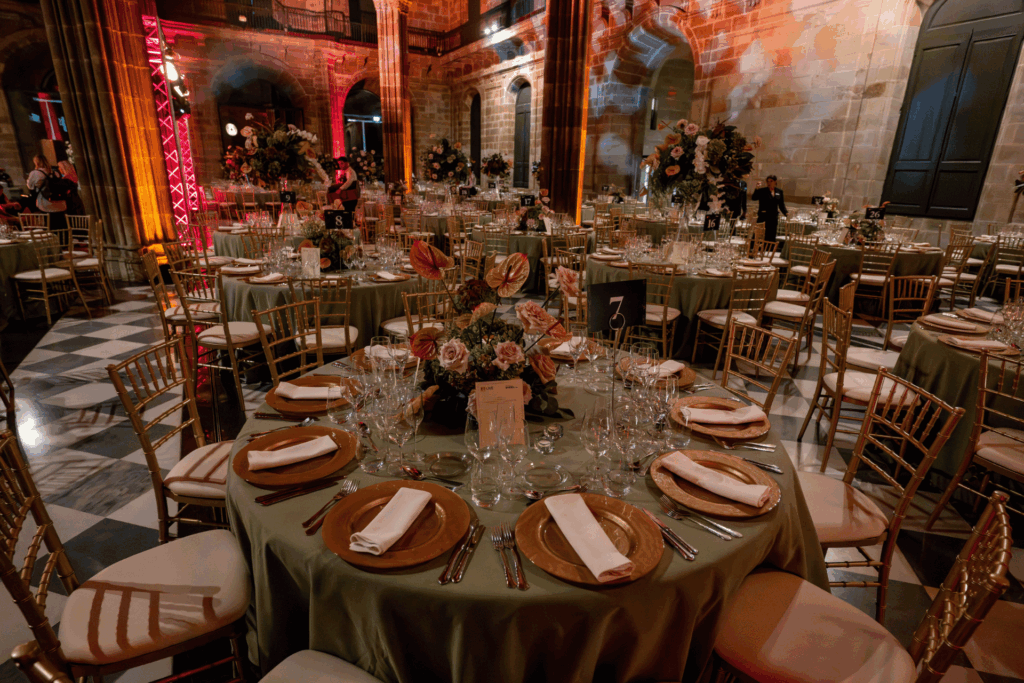
Beyond the Ballroom
While panel sessions delivered substantive analysis, much of the summit’s value lay in the informal moments — private meetings, networking receptions, and an elegant gala dinner that highlighted the sector’s enduring affinity for ceremony and connection.
“There is no substitute for face-to-face conversation,” added Mrs. Kipiani. “Especially when you’re talking about the future of an industry built on human emotion.”
What’s Next
The overarching takeaway from Barcelona: luxury is neither retreating nor standing still. It is adapting — in some cases slowly, in others, with remarkable agility — to a world where legacy alone is not enough.
We’re proud to have been part of this extraordinary gathering of minds and grateful to the Financial Times for creating a space where the luxury industry could come together, not just to talk about challenges, but to imagine what comes next.
To our members, partners, and peers: stay connected. The future of luxury is being written — and WLCC is here to help shape the narrative.

Want to become a WLCC member? Apply here: https://worldluxurychamber.com/become-a-member/
All images supplied by Financial Times Business of Luxury Summit.


